UQ storm chasers use powerful new radar in bid to understand summer tempests
Australia’s first mobile weather radar has been enlisted by University of Queensland researchers to track some of the country’s most dangerous summer storms.
In a bid to improve the accuracy of storm forecasting, UQ Geographical Sciences PhD student Joshua Soderholm and his team intend to put thunderstorms under intense scrutiny to better understand what drives them.

“We’ll be using Australia’s first mobile weather radar, the Bureau of Meteorology’s highly sensitive research weather radar: CP2, weather balloons and quadcopters to get in close to storms and collect data which will lead to more accurate methods of forecasting,” Mr Soderholm said.
“These radars use a type of technology new to Australia called dual-polarisation, which allows us to measure the type of precipitations, such as snow, hail, or rain, and very accurate rain rates.
“The mobile radar allows us to take these new types measurements very close to the storms, providing the highest possible resolution data.”
The research is exploring the collisions between thunderstorms and sea breezes which lead to rapid, unpredictable and dangerous storms over the heavily populated south-east Queensland region.
This type of storm was involved in the 1973 Brisbane tornado, a 1985 Brisbane hail storm, a 1989 Redcliffe supercell, and The Gap supercell in November 2008.
The new equipment will allow the researchers to study Australian thunderstorms in unprecedented detail with the ultimate goal of understanding why thunderstorms are more intense in some regions than others.
“Areas of particular thunderstorm intensity are known as ‘thunderstorm hotspots’ and it is these areas which experience really severe storms such as those we’ve seen in the past,” Mr Soderholm said.
By developing more accurate methods of forecasting, the team hopes to help people in these regions to prepare for and avoid dangerous storms.
Mr Soderholm and his team will be in the field until January 2015, chasing down storms across southeast Queensland.
Geographical Sciences at the University of Queensland
Geographical science investigates the spatial patterns of physical and human phenomena on local, regional and global scales. It examines the patterns and processes of natural and built environments and human activity, how they change over time and how they interact. In the geographical sciences major, students are able to study courses in environmental systems and Earth system science (physical geography), human geography and spatial information science.




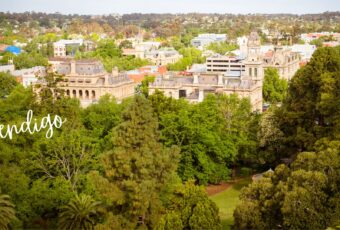


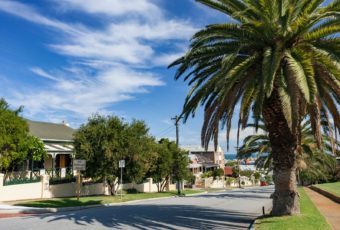
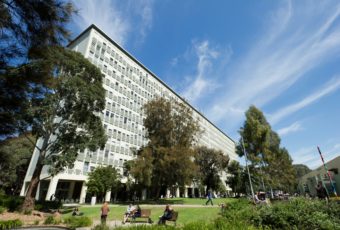
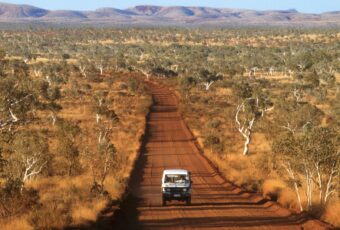
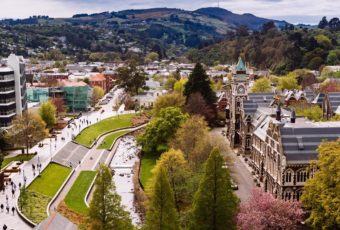


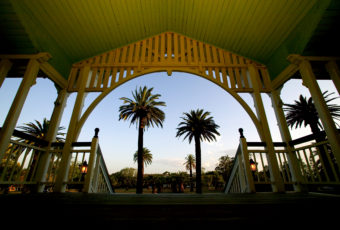











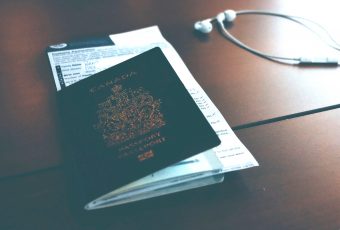







Ask A Question
Ask us about your program of interest, or if you have a question about our services.
CONTACT US TODAY